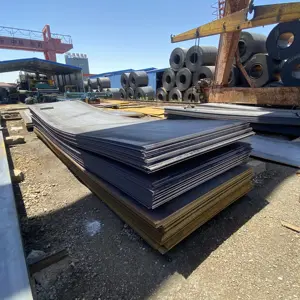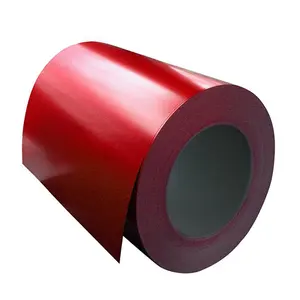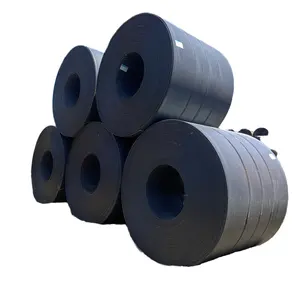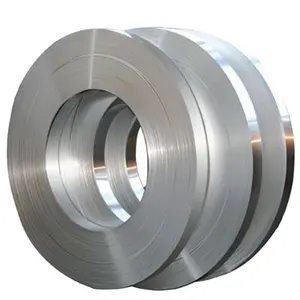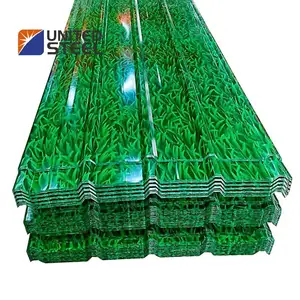Popular in your industry
























































Related Searches:


















































































































































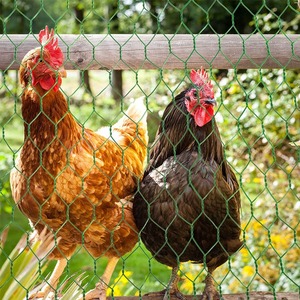


Top categories
About iron netting
Iron netting, also popularly referred to as iron net or iron mesh, is a versatile material crafted by interlocking wrought iron wires in varied patterns. Due to its robust nature and versatility in application, it is increasingly utilized in a broad range of sectors, including construction, agriculture, and industrial manufacturing.
Exploring the types of iron netting
Welding iron netting is a common type of iron netting used in many applications. It is created by electrically welding the intersecting wires together. Notably characterized by its robust structure and permanence, this type of metal mesh is prevalent in applications requiring substantial strength and integrity, such as security fencing, industrial safety screens, and machinery guards. For instance, welded iron netting is prevalent in the production of machinery guards. These guards, utilized extensively in factories, workshops, and production floors, protect technicians and machinery operators from potential injuries due to moving parts.
Woven iron netting culminates from interlocking iron wires in a specific pattern resembling textile weaving. The resiliency of woven mesh lies in its ability to maintain shape under stress and deformation, making it a preferred choice for filtering, sieving, and chicken coop applications. The woven mesh demonstrates its merit in filtration applications thanks to its intricate weaving pattern. The precise and uniform openings within the mesh allow for the accurate separation of particles based on size. Industries that benefit from woven iron netting for filtering purposes include water and wastewater treatment facilities, chemical processing, food and beverage manufacturing, and pharmaceutical operations.
Last but not least, hexagonal iron netting consists of iron wires structured in a hexagonal design, which offers balanced stress distribution. Commonly used for poultry netting, garden fencing, and construction, it is recognized for its lightweight properties and high flexibility. For example, poultry farming frequently utilizes hexagonal iron netting due to its safe and effective structure. The hexagonal arrangement of wires provides optimal spacing for poultry and other small livestock, ensuring that the animals are contained without risk of escape or injury.
Various advantages of iron netting
Regardless of pattern or type, the iron net inherently offers desirable cooling properties because of its open design, allowing for the free flow of air. This feature is particularly beneficial in applications such as greenhouses and ventilation systems where cooling is necessary for operational efficiency.
Constructed from quality iron, the iron mesh inherently offers a substantially long lifespan. Its corrosion-resistant and environmentally friendly nature, when combined with appropriate care and maintenance, ensures durability and longevity, making it a cost-effective choice for businesses.
Iron netting is not one-size-fits-all and can be produced in various sizes, shapes, and mesh openings based on the specific requirements of a project. This aspect of customizability presents an opportunity for bespoke applications in diverse industries.
